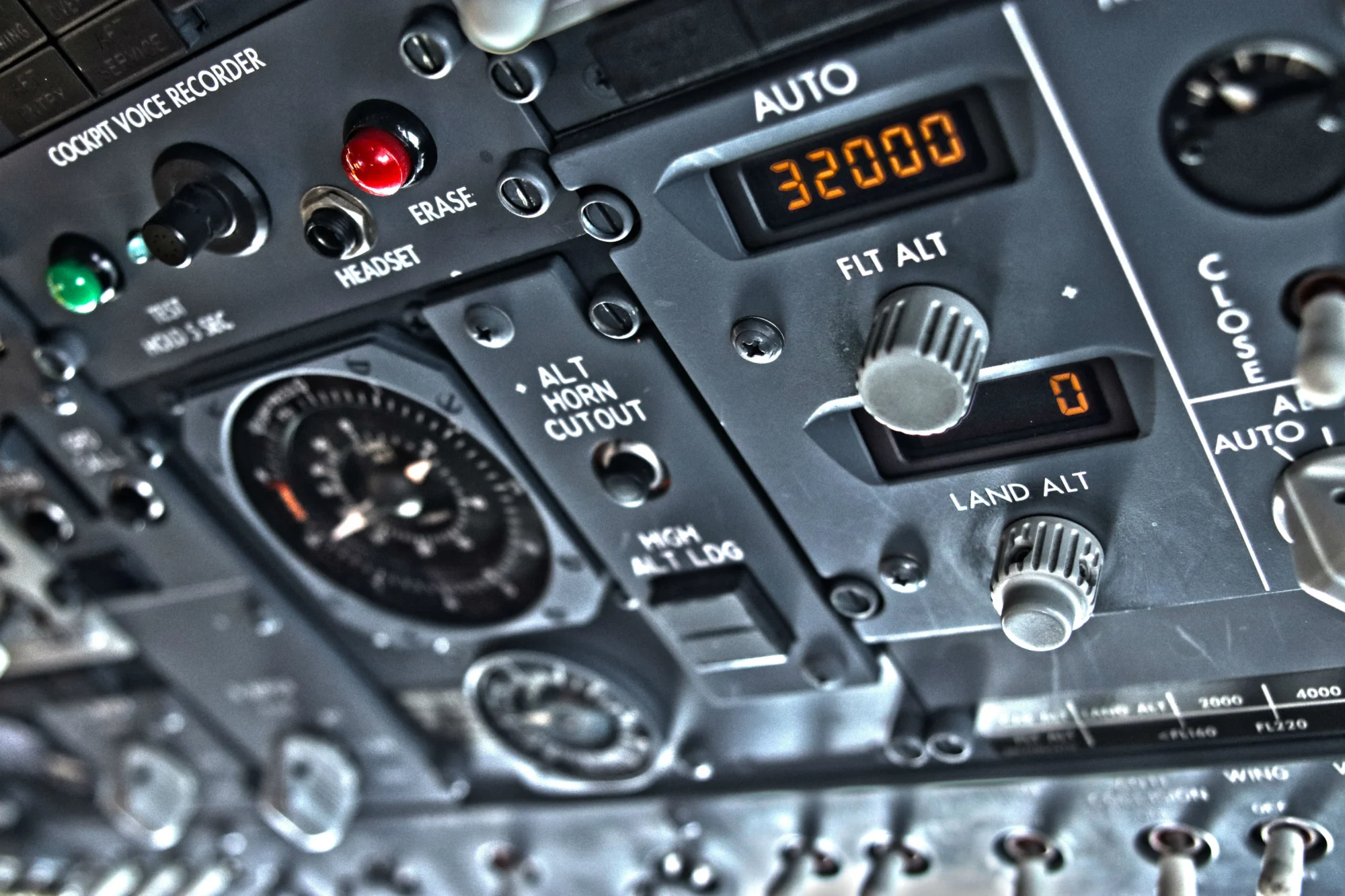Australian Aviation Industry: Guaranteeing Safety
Australia’s sheer expanse, and the country’s role as one of the biggest military and economic powers within the South-East Asian rim, has motivated the development of advanced airline networks and services both nationally and internationally.
Australian airports now serve long-haul flights to most destinations in Asia, the Indo-Pacific and the rest of the world, as well as providing pilot training and a hub for recreational flights. Australian planning, design and construction are also leading the way toward better, safer infrastructure across the region.
As Australia’s regional economies continue to expand, there is greater and greater demand for development in defence-related and commercial aviation technology and regulation.

Why are engineering safety requirements so important?
The news of the Air Niugini plane which sank into a lagoon after overshooting the runway in Micronesia, as well as the final report on the 2017 B200 King Air crash in Victoria, have raised understandable concerns about flying safety.
There is concern that long periods free of incidents can actually increase the risk of an accident in the near future, as complacency and cost-cutting start to erode important safety buffers.
What is being done to improve aviation safety?
The Civil Aviation Safety Authority (CASA) regularly reviews and monitors the safety performance, air operations and licences of Australian aircraft inside and out of Australian territory to ensure full compliance with regulations.
In terms of maintaining the safety of military aviation, the Defence Aviation Safety Authority (DASA) ensures compliance with statutory safety regulations and effective safety risk management principally by implementing the Defence Aviation Safety Program (DASP).
The DASA’s many sub organisations provide tests and training which confirm the ‘initial airworthiness’ of each vehicle, as well as tailored engineering advice which guarantees the structural integrity of Defence aircraft.
What new developments have there been in aviation software engineering safety?
As air travel has increased, greater reliance has been placed on safety-critical aviation software utilising avionics to highlight and overcome potential dangers. For instance in 1986, following the advent of the electronic “glass cockpit” on the Gulfstream G‑IV private jet, Australian domestic airliners began demanding cathode-ray-tube (CRT) flight-instrument displays, eventually bringing glass cockpits to the Boeing 737 series. The increasing automation of flight operations using Autopilot and digital engine controls, as well as the integration of “black box” flight recorders, meant that greater understanding and control could be assumed of aircraft without having to overburden the weight of the craft.
Over the years, further advances have come in the shape of collision-avoidance systems to support air traffic control, while a move towards complex aircraft management systems, in conjunction with health and usage monitoring systems, now provide insights into potential areas of failure.
Such safety-critical software doesn’t just help predict dangers and minimise risk, it is also incredibly robust and able to function in great climatic variations, adapting to changes in air pressure, weather, movement and vibration for greater reliability.
At JVAT, we offer consultancy, advice, training and resilience and wellbeing workshops across a wide range of sectors, including transport and aviation. Get in touch to find out more.




